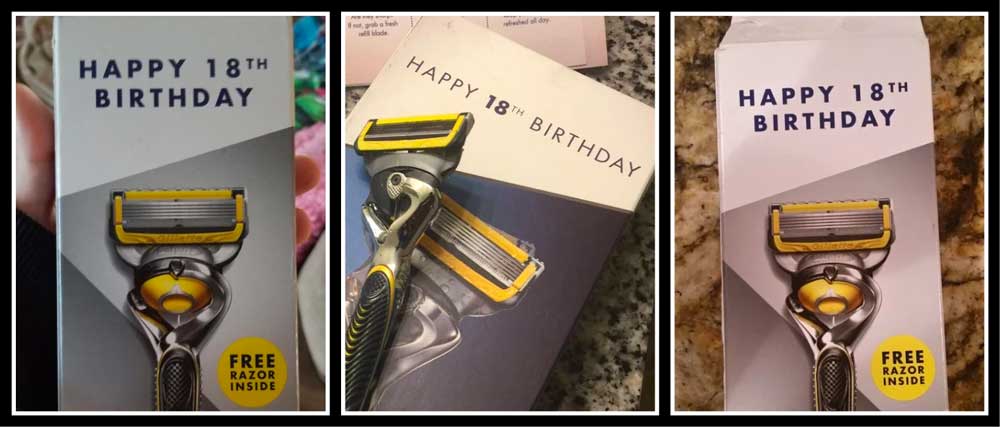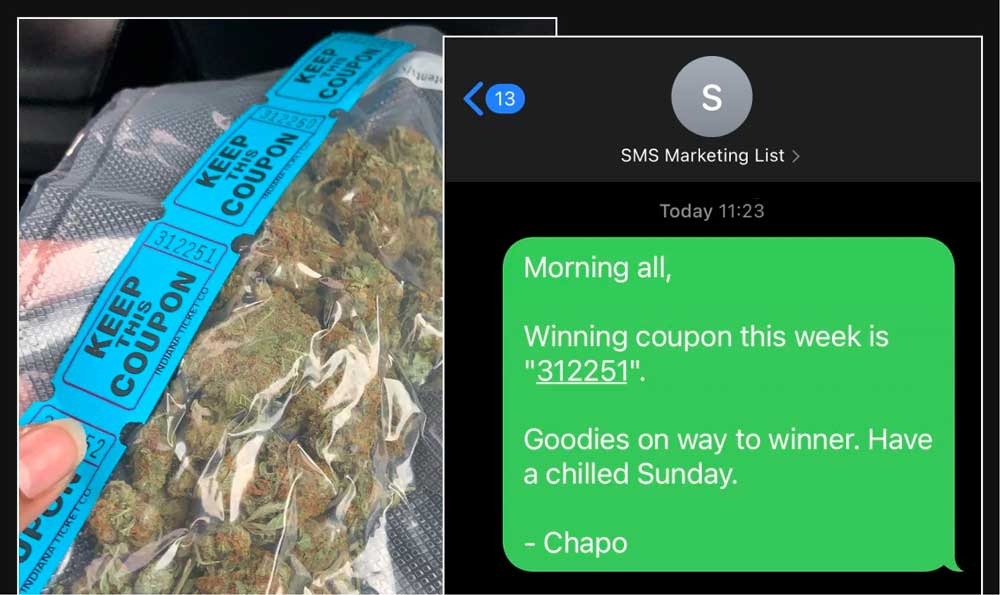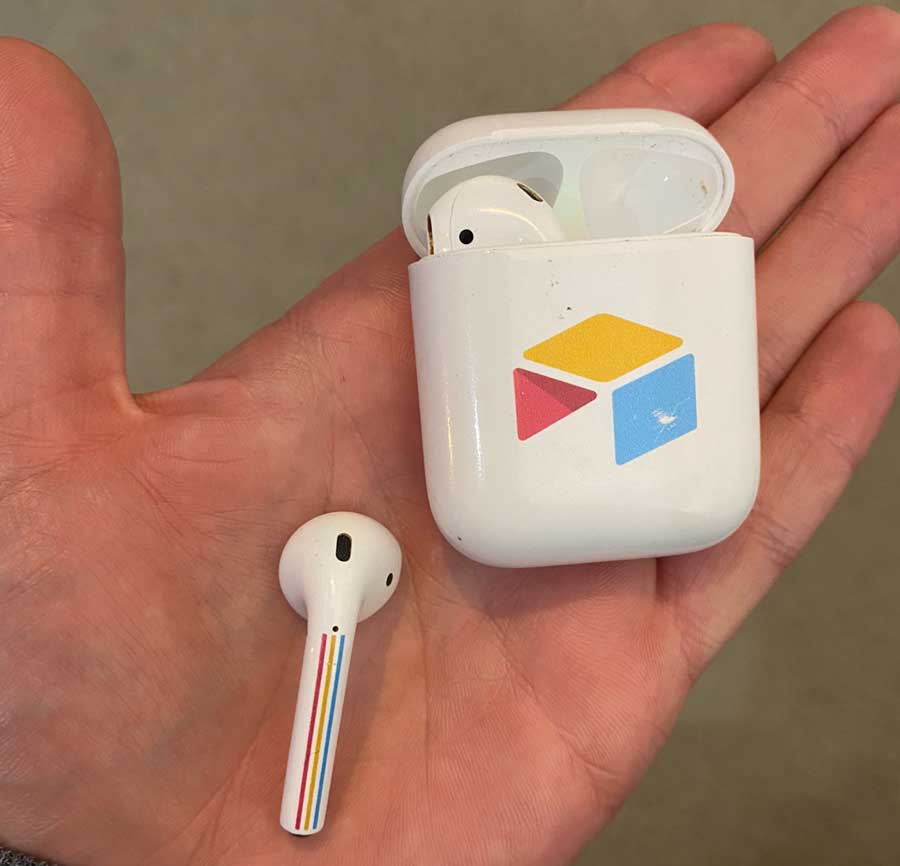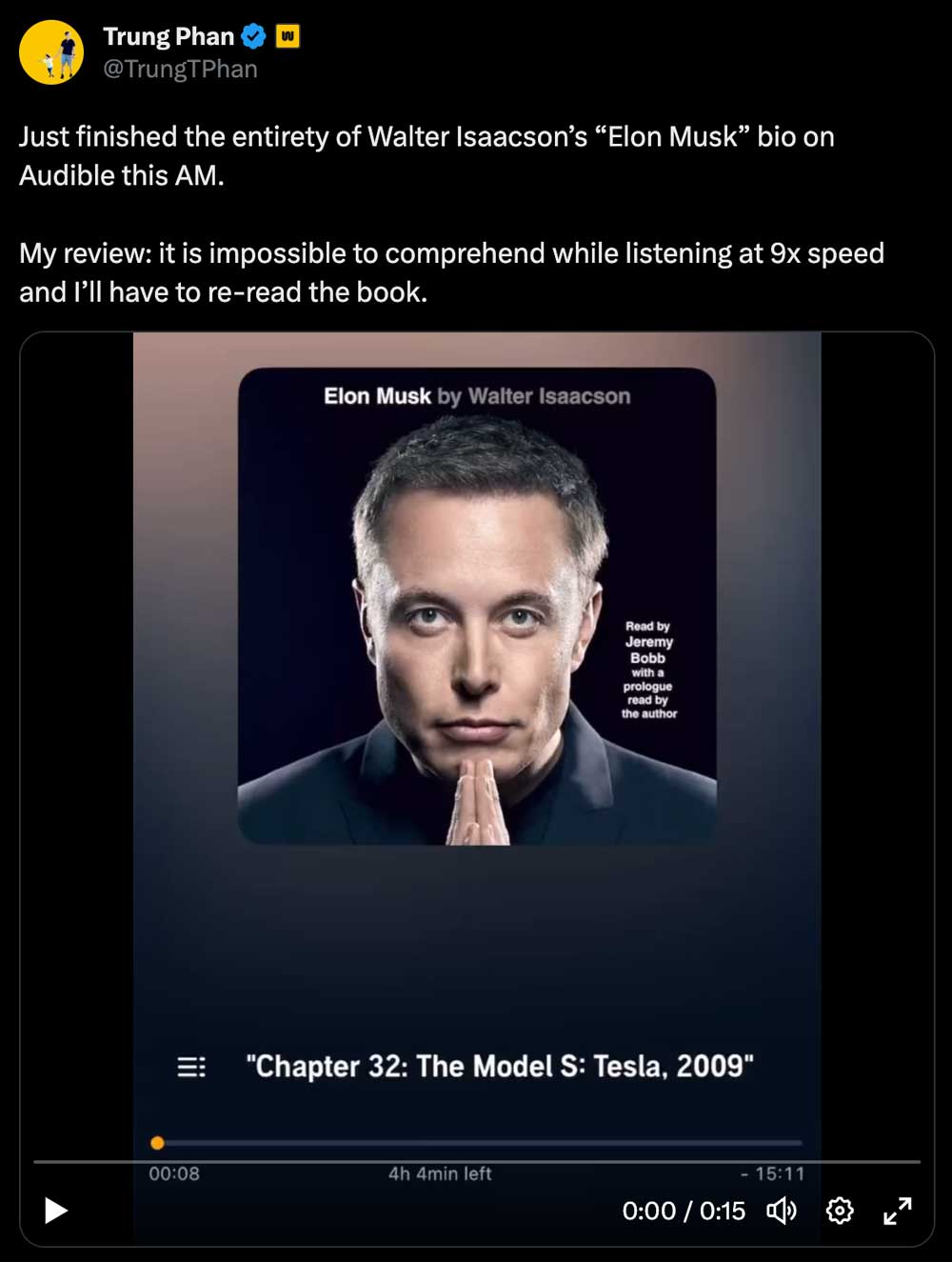The Growth Newsletter #138
Intention > attention, freebie strategies, and more memorable ads. |
Welcome all you growth-loving founders and marketers!
It's pumpkin spice latte season. It has me thinking how interesting it is how large brands with massive marketing budgets can change people's perceptions of holidays.
A classic example is Coca-Cola turning Santa into the jolly, pleasantly plump man we know and love today. According to Coca-Cola themselves: "Before Santa was depicted as everything from a tall, thin man to an eerie-looking elf. He has worn a bishop's robe and a Norse huntsman's animal skin."
Anyway, onto the real topics of this week: Intention > attention, freebie strategies, and more memorable ads.
Let's dive in 👩🎤
– Neal
|
Thanks to our sponsors for keeping this newsletter free for all of you! Check them out :) |
|
|
Brought to you by Mailchimp.
Check out the 2023 Mailchimp & Co Benchmark Report for valuable insights on pricing, hiring, and growing your business. It's packed with the latest
data and insights from 1,500+ agencies, consultants, and marketing experts.
Download the free report now. |
| |
And by Vanta—turn security into revenue.
Customer data security has become essential. Privacy and security laws keep tightening, and customers increasingly demand it.
Download the free ebook from Vanta to learn how to: - Position security as your differentiator—instead of a hurdle.
-
Proactively remove roadblocks to revenue in sales conversations.
- Share your security story to earn your buyer's trust.
|
|
|
Want to be featured in front of 81,600 founders and marketers? Learn more here–booking into November. |
|
|
1. Don't just get attention—build intention Insight from Un-ignorable. We've all seen the viral posts like: - "Top 20 Free AI Tools that feel illegal to know"
-
“I’ll teach you more in 10 slides than a $75,000 MBA” (then is super generic)
- "TED talks are free education, but 99% of people don't know which ones to watch"
- Or just a funny meme about the latest thing Elon said
Do they do well? Yes, often they do.
But it depends on how you define the term "well." If all you want is attention (views, likes, comments, reposts, maybe even "followers"), then yeah, sure, they work.
But if you're trying to get more leads and customers, then I don't think that Elon meme is gonna convince anyone to drop $10k/mo on your consulting, nor subscribe to your $500/mo SaaS product.
So don't create content to get attention. Instead, create it to build intention (to buy). To do that:
- Focus on building trust. Leaning into overused viral templates is a sure-fire way to slowly erode trust and respect from the most engaged and discerning people.
-
Look really good at what you do. If you sell email marketing services, you better consistently demonstrate how much you know about email marketing, and how your work has helped others. Don't talk about free AI tools 80% of the time. Demonstrate your expertise and brag a little about your work (and your customers' success).
-
Prioritize leads, DMs, and replies—not likes, comments, followers, subscribers. The highest engagement posts are often the worst at driving leads. The best posts for driving leads, often have mediocre engagement. Resist the dopamine.
-
Really crack your content's "job to be done." What painful problem are you trying to help someone solve? Figure that out and be the best at helping them solve it.
This is easier said than done—in fact, we've created an entire 4-week cohort course about this very topic called Un-ignorable. So far we've trained 1,253 students including folks like Zain Kahn, Amanda Natividad, Eric Partaker, and many others.
If you want to learn how to create content that helps you become an un-ignorable expert, for the next 37.5 hours we're offering $300 in discounts and bonuses to 139 people.
You can learn more and grab the offer here. It's the last cohort we're doing for ~6 months. |
2. 4 freebie giveaway strategies Two insights examples and images from Marketing Examples. One of my friends has a $10M sock business, Outway. And I'm madly jealous of one his greatest hacks.
Whenever he meets another founder, he gives them a care package of free socks. If he really wants to wow them, he custom designs socks for their company first. This rocks because: - It's a delightful surprise.
-
It's a thing they'll likely use.
- They'll think of his nice gesture every time they wear the socks.
- And it doesn't cost him much.
Here are a three other freebie strategies:
#1. Gift it at a key decision moment
For the past 30 years, Gillette has sent millions of free shaving kits to men to celebrate their 18th birthday—right when many men start needing to shave for the rest of their life. Hook them early, and they'll buy replacement blades for decades. |
#2. SMS-based raffles Ship raffle tickets with your orders. Text out the winning number once a week. Encourages frequent orders. And it's a great excuse to collect phone numbers. |
#3. Go a little over the top (if your product has high customer life-time values) Airtable used to give out Airtable-branded Airpods with their startup program, and to people working at target companies. For one, it's an over the top gift that someone will appreciate for years.
For another, people who work in startup "open concept" offices will definitely wear them.
Lastly, no one sees branded, colourful Airpods so it leads to conversations about Airtable.
|
3. Use metaphors & emotions to make ads memorable Insight from Ariyh.
Ways that ads/marketing campaigns fail: - It turns people off from the product.
- It's not compelling—people don't care.
- People care, but forget about it quickly.
-
People care and remember the content, but they can't remember what it was for.
(We've all had that last one—the hilarious ad that you can't remember what it was selling.) And an ad wins when: People care, and they remember the product/brand (then buy). There are three main categories of ads as described by Ariyh: -
Functional: Descriptions of the product. Ex: 100% organic cotton socks.
- Emotional: Trigger emotions not necessarily tied to product features. Ex: "Because your family matters” with a photo of a child and parent, by Wells Fargo.
-
Metaphorical: Relevant parallels between products and different objects or scenarios. Ex: “Leave the noise behind” with a photo of a screaming child, by Bose headphones.
Two key findings from an August 2022 study analyzing recall of different ad types: Of course, an ad, particularly a video ad can be several: A mix of metaphorical and emotional to grab their attention and build up (what you can do and why it matters. Then finish with functional (technical specs etc). But in general, don't just focus on the functional benefits. Make people care. |
|
| News you can use: -
X/Twitter may become a pay-to-use platform to combat bots according to Elon during a live conversation with Israeli prime minister.
-
Amazon launching generative AI for sellers to write product descriptions.
-
TikTok becomes more and more of a search engine by adding Wikipedia snippets into its search results.
-
And TikTok launches the Shop tab in the US, with over 200,00 companies signed up as sellers. You can also run Shop ads to promote your storefront.
-
Pinterest goes on a spree and launches a few new ad formats, audience sharing, generative AI ad creative, a collage feature, and it added direct links.
Tool we recommend: Delighted Surveys
It's easy to build something that people don't want—so talk to customers first. That's why Delighted built an easy-to-use survey creator that lets you learn from your audience with: -
Customer feedback
- Market research
- Product research
- Pricing research
- And so much more.
You can also collaborate, report, and share feedback, all within a single platform.
Build your own survey → *Sponsored by Delighted |
|
|
Want to be featured in front of 81,600 founders and marketers? Learn more here–booking into November. |
|
|
What did you think of this week's newsletter?
😍 Loved it | 😄 Great | 🙂 Good | 🤷♀️ Meh | 🤬 Bad
If you enjoyed this, please consider sharing it with a friend. These newsletters take hours to make each week, so it really helps when you share us with fellow founders and marketers.
And if you have any comments/question, I'd love to hear them. Just hit reply!
In case you're new: Who's Demand Curve?
We’re on a mission to help make it easier to start, build, and grow companies. We share high-quality, vetted, and actionable growth content as we learn it from the top 1% of founders and marketers. How we can help you grow: See you next week.
— Neal and Justin |
|
|
© 2023 Demand Curve, Inc. All rights reserved. 4460 Redwood Hwy, Suite 16-535, San Rafael, California, United States
Unsubscribe from all emails, including the newsletter, or manage subscription preferences. |
|
|
|






